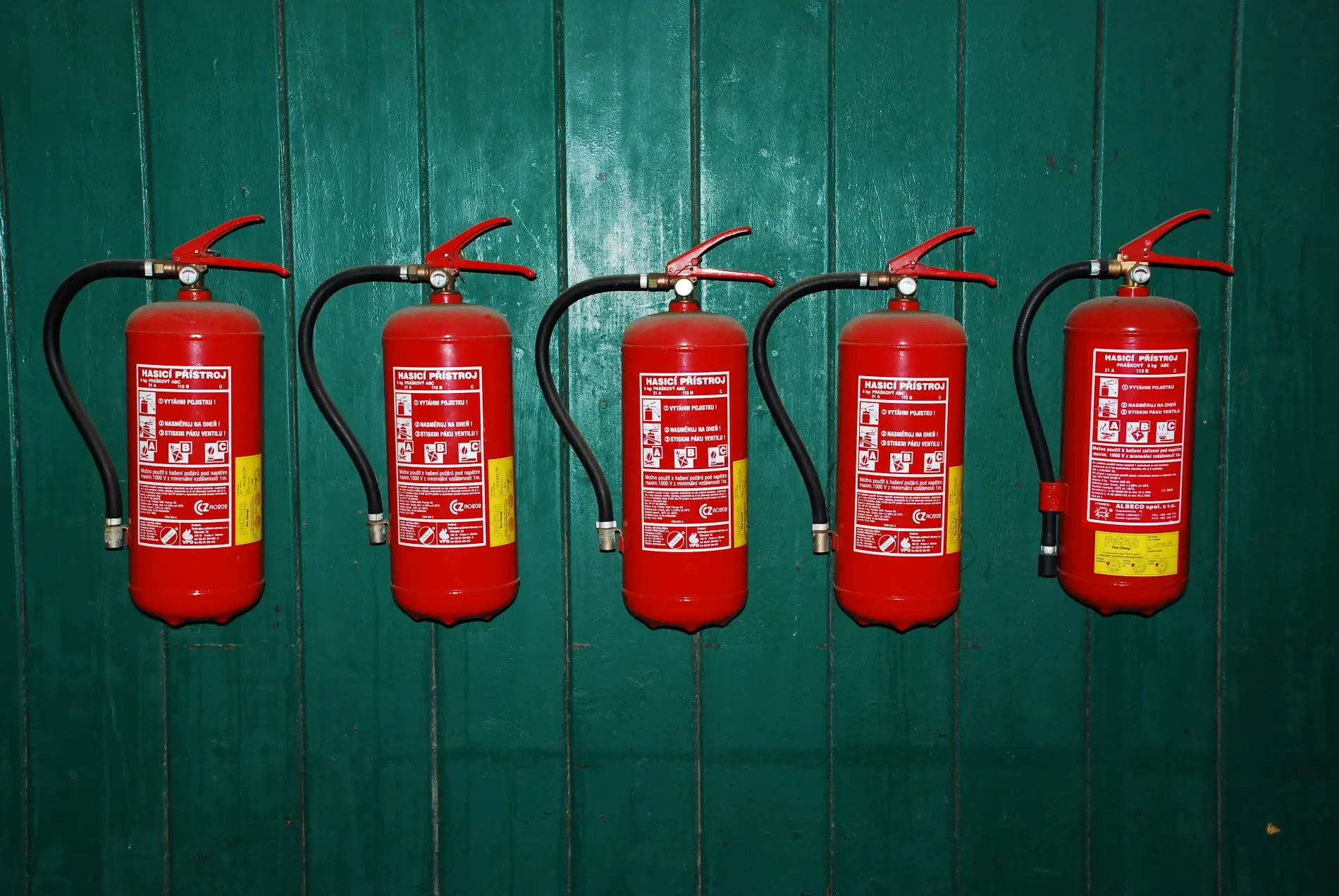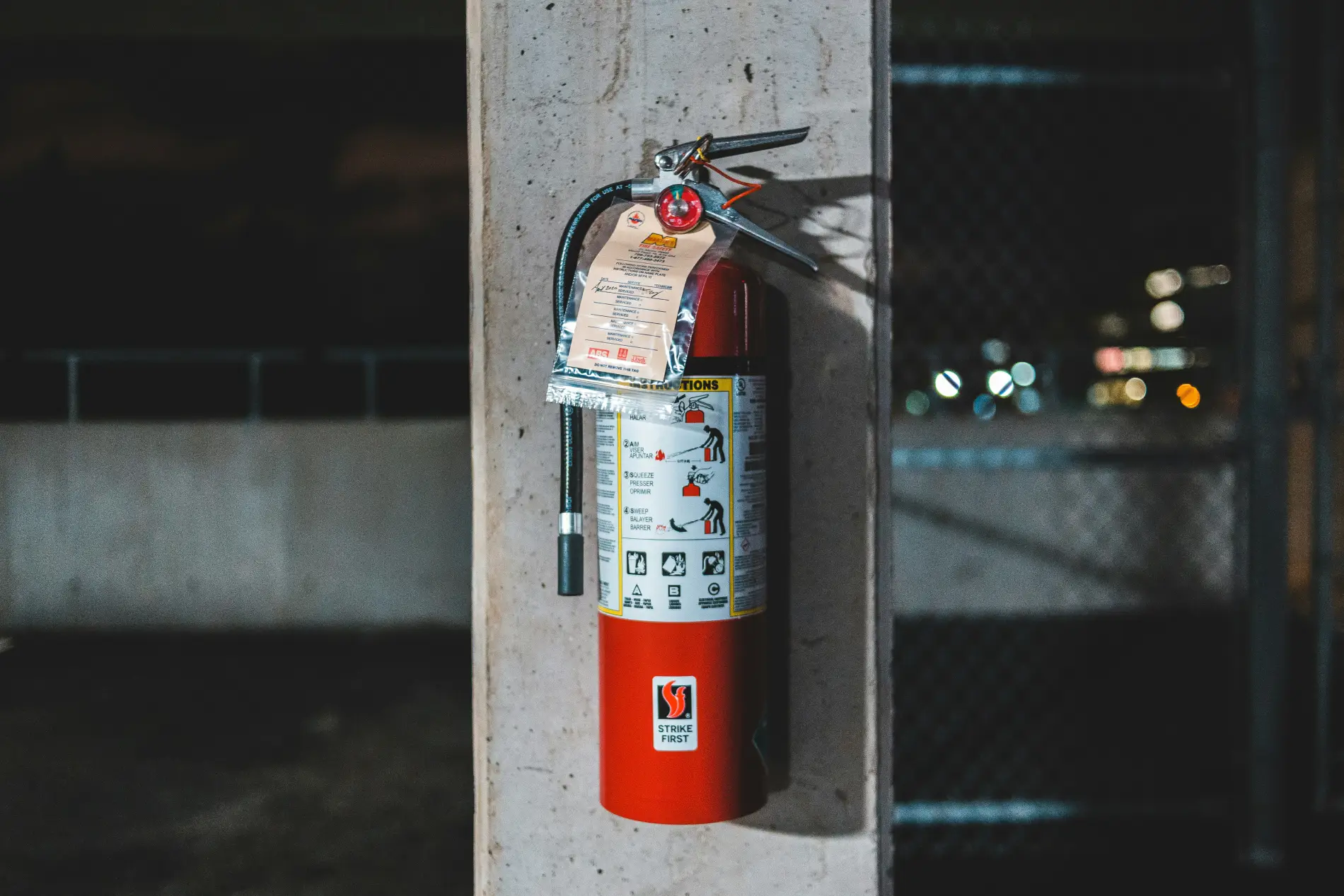Is Aspirating Smoke Detection Right for Your Building?

When planning a fire protection strategy for your building, choosing the right type of smoke detection system is a decision that carries real weight. It’s not just a matter of compliance - it’s about protecting lives, minimising disruption, and ensuring that your building, business, and operations remain secure in the event of a fire.
For some buildings, particularly those with complex layouts or high-value assets, traditional smoke detection systems may not offer the level of speed or sensitivity required. That’s where Aspirating Smoke Detection (ASD) comes in. These systems are engineered to detect smoke at its earliest stage, often before it's visible or heat has built up. But is it the right choice for your building?
Let’s explore what sets ASD apart, which environments it’s best suited to, and how you can decide whether it’s the right fit for your fire protection strategy.
A Different Approach to Smoke Detection
Arguably the biggest advantage of ASD is its proactive nature. Unlike conventional smoke alarms that wait for smoke to reach them, aspirating smoke detection systems actively draw in air from the environment and analyse it for even the smallest traces of smoke particles. This process takes place continuously, using a network of narrow sampling pipes connected to a central detection unit.
That constant monitoring - essentially the building "breathing in" and checking for smoke - means that ASD can provide a much earlier warning than traditional point detectors. In the crucial first moments of a fire, this extra time can make all the difference, giving people more time to evacuate, firefighters more time to act, and potentially preventing serious damage before the fire escalates.
Where Early Detection Really Matters
Whilst early detection is beneficial in every building, certain ones stand to gain more from the enhanced capabilities of ASD systems. Environments such as data centres, clean rooms, and archive facilities often house sensitive equipment or irreplaceable assets, where even a small fire could cause major disruption or loss. In these cases, waiting for smoke to travel to a ceiling-mounted detector is simply not a risk worth taking.
Buildings with large open spaces or high ceilings like warehouses, industrial units or historic venues also often face challenges with smoke stratification. Smoke may linger below the detection zone or take too long to reach a traditional sensor, which eats into valuable evacuation and firefighting time. Aspirating smoke detection systems solve this problem by taking the air directly from the area being protected, regardless of how smoke behaves in that space.
Hospitals, schools and hotels may also benefit from these early alerts because evacuation can take longer, and the safety of those inside is of the utmost importance. The earlier a fire is detected, the more time there is to act and evacuate safely.
Is ASD Always the Right Choice?
Despite its strengths, aspirating smoke detection isn’t always the most practical or cost-effective solution for every building. In smaller spaces with straightforward layouts, conventional detection systems may still offer reliable protection at a lower cost. However, when the complexity of the building increases - either in size, layout or risk profile, so does the value of early, proactive smoke detection.
Buildings with high ceilings, unusual airflow patterns, or multiple concealed areas can benefit significantly from ASD. The same goes for properties that have previously experienced false alarms from steam, dust, or other environmental factors. As ASD systems can be finely tuned to their surroundings, they are often much more reliable and sound fewer nuisance alarms than traditional systems.
Another thing to consider is the aesthetics of your building. In listed or design-sensitive properties, visible detectors might not be ideal. ASD pipework can often be hidden or discreetly installed, offering high-level protection without compromising the look and feel of a space.
What to Consider Before Installation
Wondering if aspirating smoke detection is the right solution for your building? Start by considering the layout and use of the space. Buildings with unusual architectural features or compartmentalised areas tend to present challenges for traditional smoke detection - challenges that ASD systems are specifically designed to overcome.
You may also wish to consider the consequences of frequent false alarms. In some commercial settings, such as laboratories, event venues or data centres, a false evacuation or system shutdown can cause major disruption. The ability to configure ASD systems with different alarm thresholds means that building managers can receive a very early pre-alarm warning - enough to investigate - without triggering full-scale disruption unless truly necessary.
It’s also worth considering how your smoke detection system will integrate with the rest of your fire safety infrastructure. ASD can be fully connected to your fire alarm control panel and other systems such as suppression or building management, helping to create a coordinated and automated response in the event that a fire is detected.
The final consideration is maintenance. As with all fire protection equipment, ASD systems require regular servicing to remain effective. This includes cleaning and inspecting sampling pipes, checking filters, and testing the detection unit itself. While the initial investment may be higher than standard detectors, the long-term benefits in reliability and protection often outweigh the costs, particularly for businesses looking to minimise downtime or protect high-value assets.
A Strategic, Risk-Based Decision
There isn’t a one-size-fits-all answer for fire detection and protection. Whether or not ASD is the right fit for your building needs to be ultimately determined by a thorough fire risk assessment that looks at your layout, usage, occupants, equipment and overall fire safety goals.
For many commercial properties, the combination of earlier detection, reduced false alarms and seamless system integration makes ASD the obvious choice. For others, more traditional systems may continue to be perfectly adequate. What matters most is taking the time to make a well-informed decision, one that is based not only on your current needs, but also how your building and operations may evolve over time.
How Magni Fire Can Help
At Magni Fire, we work with commercial clients across Essex and the surrounding areas to assess, design and install fire protection systems that are tailored to each unique space. Our team of experts understands that choosing the right system isn’t just about following regulations, it’s about ensuring peace of mind, operational resilience, and the best possible outcome should a fire occur.
If you’re considering aspirating smoke detection for your property, we can carry out an assessment and provide honest, expert advice on whether or not it is the right fit for you. Get in touch with us today to find out if aspirating smoke detection is right for your building, and let us help you protect what matters most.




